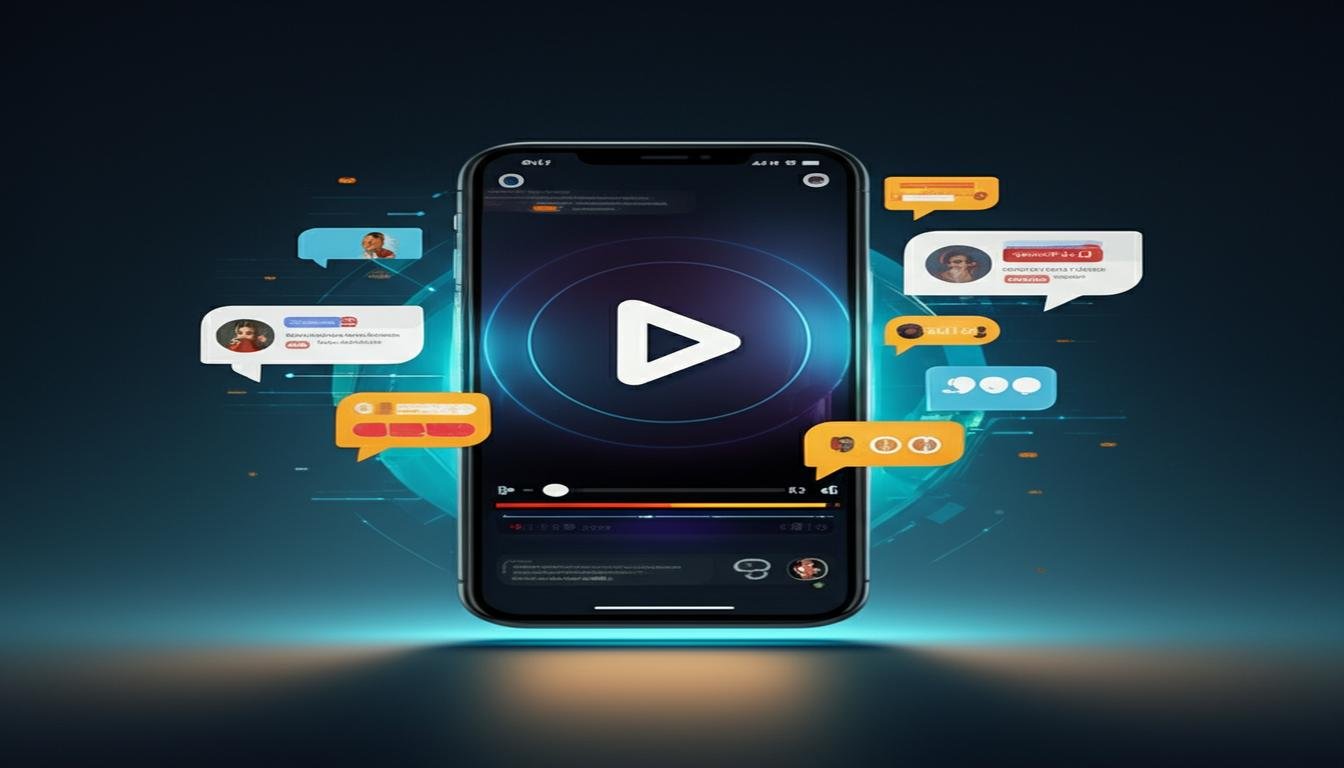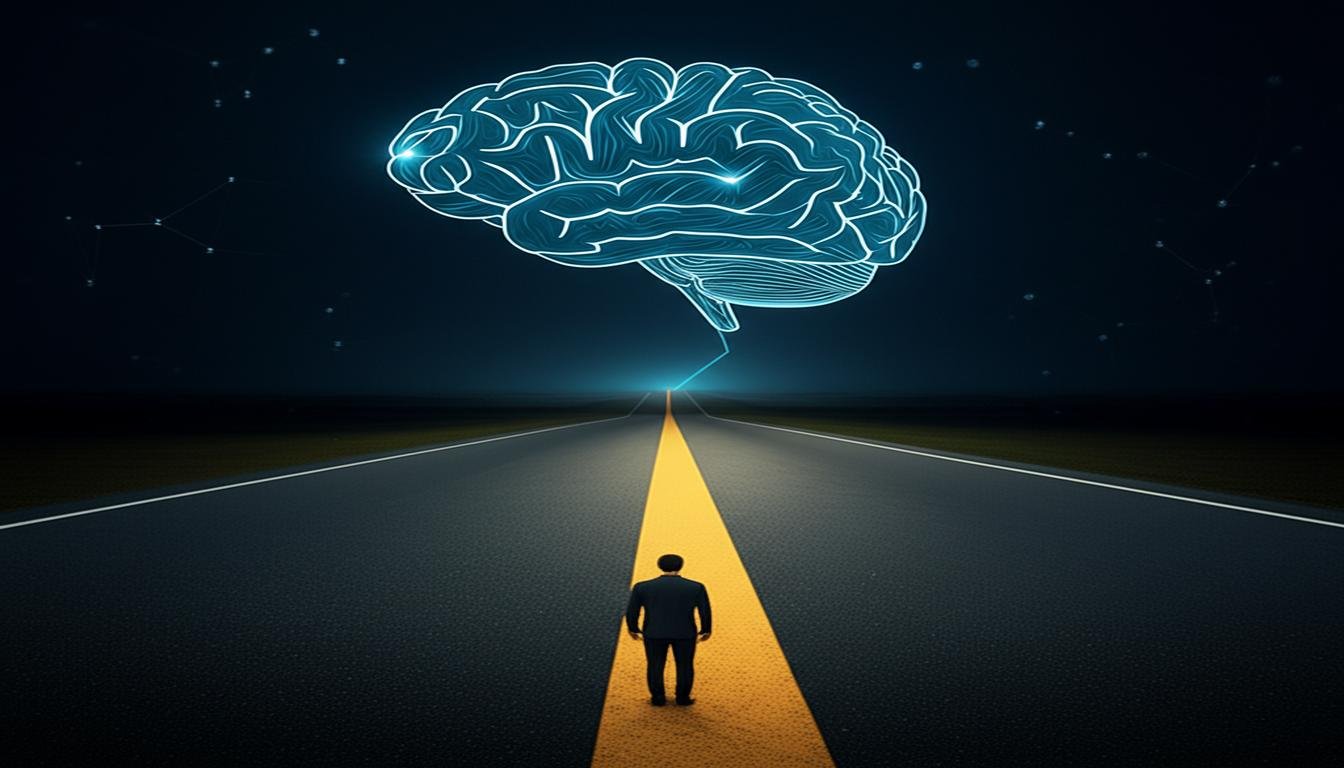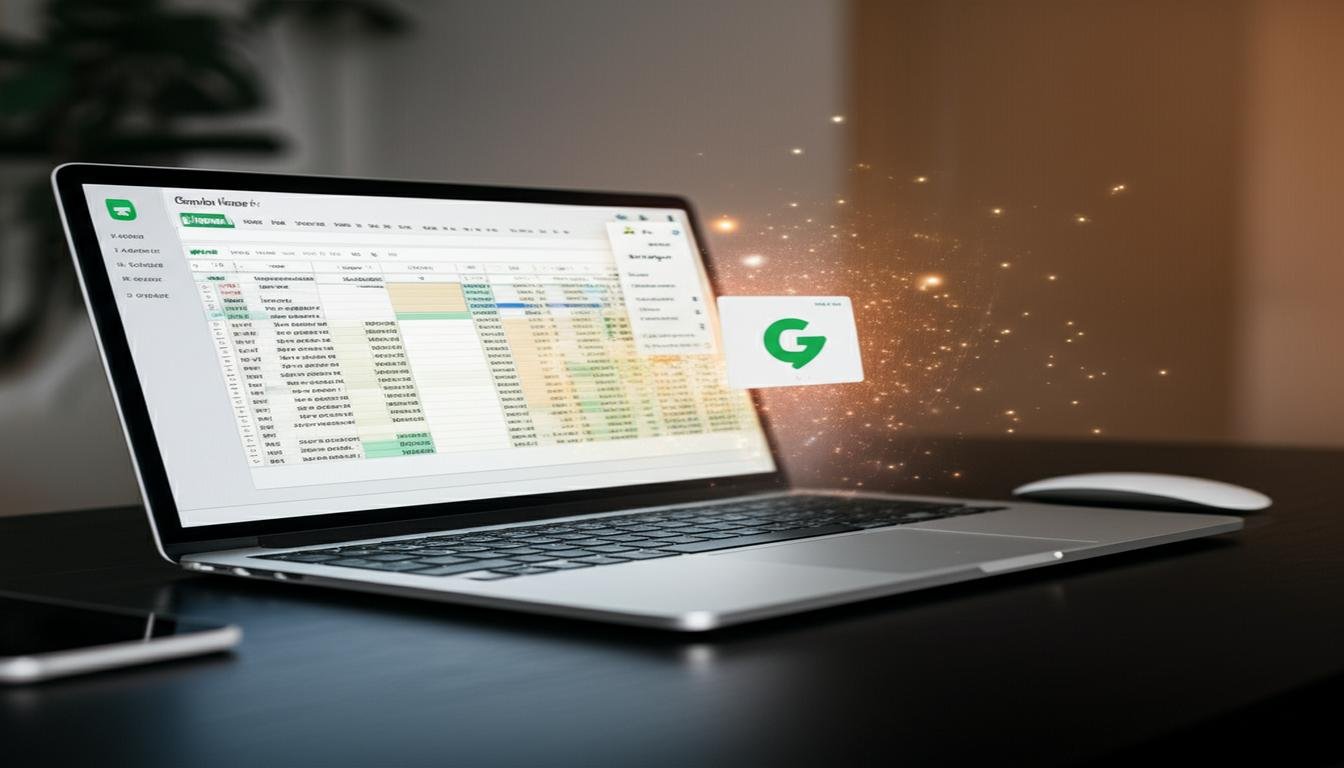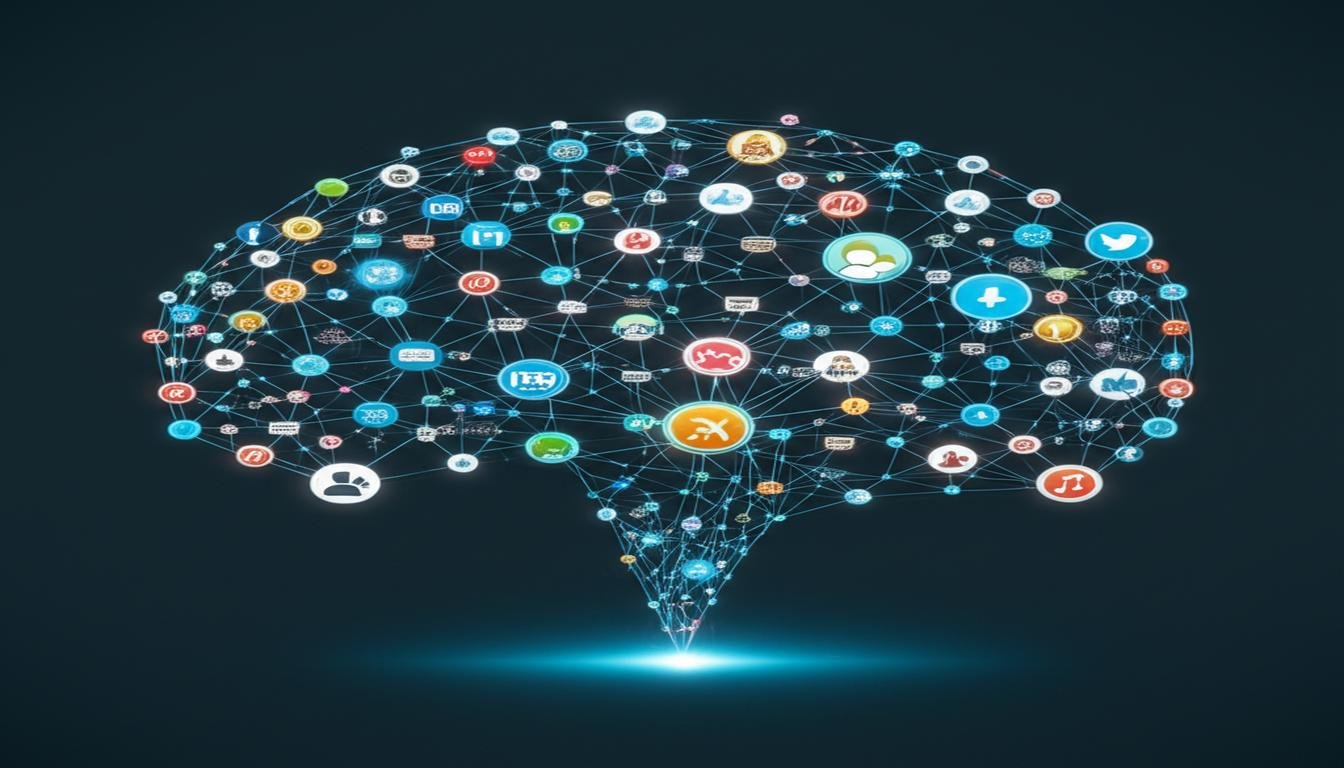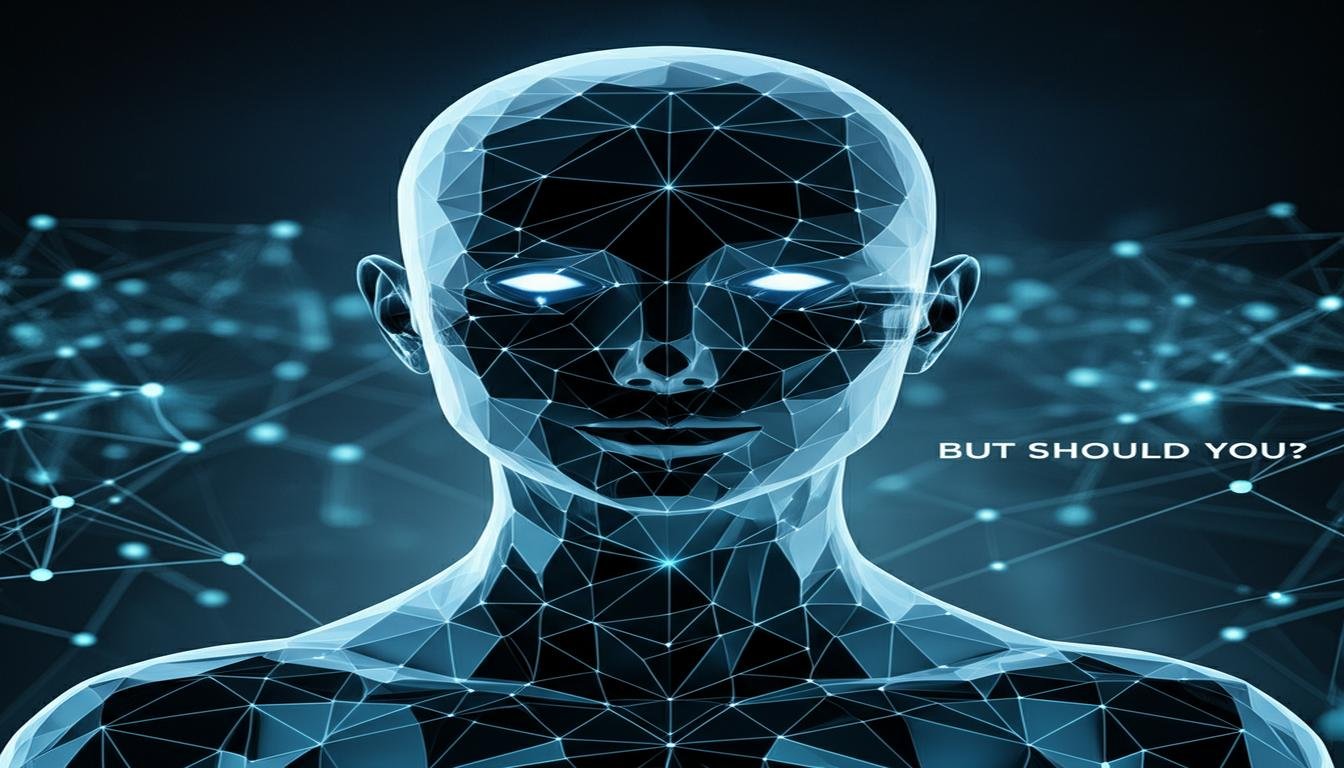AI Is Rewriting History — Literally
Remember those dusty old history textbooks? Well, imagine if those books, and every single historical document ever written, could talk to each other, correct their own mistakes, and even fill in missing pieces of the past. Sounds like science fiction, right? But with the rapid advancements in artificial intelligence (AI), this isn’t just a fantasy anymore. AI is actively sifting through our collective past, quite literally rewriting our understanding of history.
It’s easy to think of AI as something that just creates pretty pictures or writes essays, but its role in historical research is far more profound. We’re talking about a digital revolution in how we unearth, analyze, and interpret events that shaped our world.
The Digital Archaeologist: How AI Sifts Through Time
Think about the sheer volume of historical data out there: millions of ancient texts, countless legal documents, old maps, diaries, photographs, and records scattered across archives worldwide. No human, or even a team of humans, could ever process all of it. This is where AI steps in as the ultimate digital archaeologist.
AI models can be trained to read and understand ancient languages, decipher faded manuscripts, and even reconstruct fragmented documents. They don’t get tired, they don’t overlook minute details, and they can cross-reference data points at a speed unfathomable to us. For example, researchers are using AI to help piece together the Dead Sea Scrolls, or to analyze vast collections of medieval texts to find connections and influences that historians might have missed for centuries.
Uncovering Hidden Truths and Correcting Records
One of the most exciting aspects is AI’s ability to identify patterns, inconsistencies, and even outright biases within historical narratives. History, after all, is often written by the victors or those in power. AI can flag discrepancies by comparing multiple sources, even those previously thought unrelated. This allows historians to:
- Spot potential inaccuracies or exaggerations.
- Identify missing voices or perspectives in historical accounts.
- Re-evaluate commonly accepted historical facts based on newly revealed connections.
Imagine an AI sifting through thousands of personal letters and official records from a historical period, revealing a collective sentiment or an untold story of an ordinary person that completely shifts our perception of a major event. It’s not inventing history, but rather, uncovering the layers that were always there, just too complex for us to see.
Beyond Text: AI in Visual and Oral History
History isn’t just about written words. It’s also about images, sounds, and physical objects. AI is proving invaluable in these areas too:
- Restoring the Past Visually: AI can restore damaged photographs, enhance faded negatives, colorize black-and-white footage with incredible accuracy, and even animate historical figures. This brings the past to life in a way we’ve never experienced, making it more accessible and relatable.
- Preserving Voices: Old audio recordings can be noisy, distorted, or heavily damaged. AI can clean up these recordings, removing background noise and enhancing speech, allowing us to hear the voices of historical figures or ordinary people from decades past with startling clarity.
Reconstructing the Unseen
Beyond restoration, AI can even help us visualize what’s no longer there. Using architectural records, archaeological data, and historical descriptions, AI can generate realistic 3D models of lost cities, ancient buildings, or even entire historical landscapes. This helps archaeologists and historians better understand how societies lived and interacted with their environments, moving from mere conjecture to data-informed recreation.
The Human-AI Partnership in Historical Research
It’s important to remember that AI isn’t replacing human historians; it’s empowering them. AI acts as a powerful assistant, handling the heavy lifting of data analysis, pattern recognition, and information retrieval. This frees up historians to do what they do best: ask critical questions, interpret complex findings, apply nuanced understanding, and weave compelling narratives. The future of historical research lies in this powerful collaboration, where human insight guides AI’s immense computational power.
What This Means for Our Understanding of the Past
The literal rewriting of history by AI means we’re moving towards a more accurate, comprehensive, and nuanced understanding of our past. It allows us to challenge long-held assumptions, uncover forgotten narratives, and see historical events from fresh perspectives informed by unprecedented access to data. This isn’t about changing what happened, but about understanding why it happened and how it was perceived, with greater clarity than ever before.
So, the next time you hear about AI, think beyond the latest chatbot. Think about how it’s meticulously piecing together the forgotten echoes of time, ensuring that our understanding of history is as complete and true as it can possibly be. It’s an exciting time to be curious about the past, because with AI on our side, we’re only just beginning to truly read between the lines.




